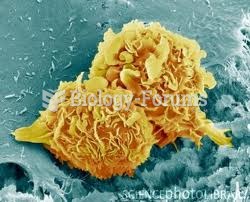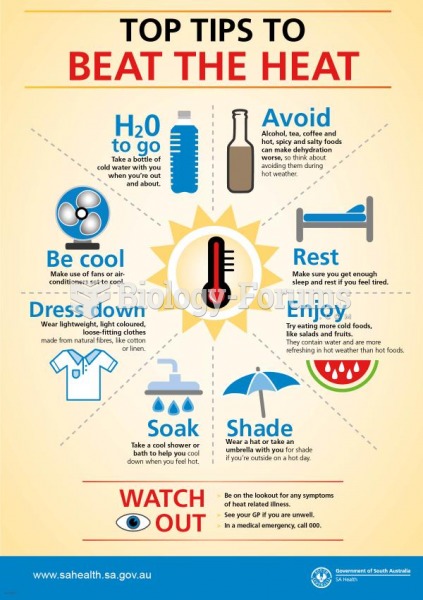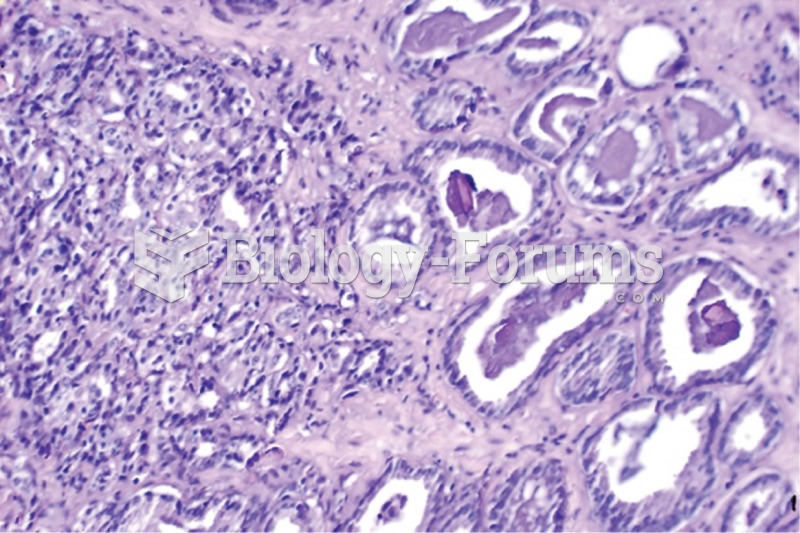Answer to Question 1
Anorexia is a major contributor to the weight loss often associated with cancer. Some factors that contribute to anorexia or otherwise reduce food intake include chronic nausea and early satiety, mental stress, fatigue, pain, gastrointestinal obstructions, and the effects of cancer treatments. Poor food intake associated with HIV may result from various factors. Oral infections associated with HIV infection may cause discomfort and interfere with food consumption. Common infections include candidiasis and herpes simplex virus infection. Oral candidiasis can cause mouth pain, dysphagia, and altered taste sensation; an oral infection with herpes simplex virus may cause painful lesions around the lips and in the mouth. Kaposi's sarcoma, a type of cancer frequently associated with HIV infection, can cause lesions in the mouth and throat that make eating painful. The medications given to treat HIV infection, other coexisting infections, and cancer often cause anorexia, nausea and vomiting, altered taste sensation, food aversions, and diarrhea. Respiratory infections, including pneumonia and tuberculosis, are common in people with HIV infection. Symptoms may include chest pain, shortness of breath, and cough, which interfere with eating and contribute to anorexia. The physical and social problems that accompany chronic illness may cause fear, anxiety, and depression, which contribute to anorexia. Pain and fatigue, which may be associated with some disease complications, can lead to anorexia and difficulty with eating.
Answer to Question 2
C







